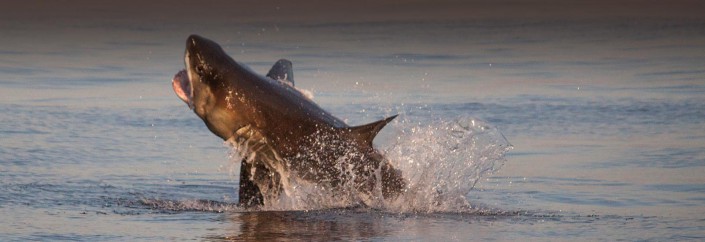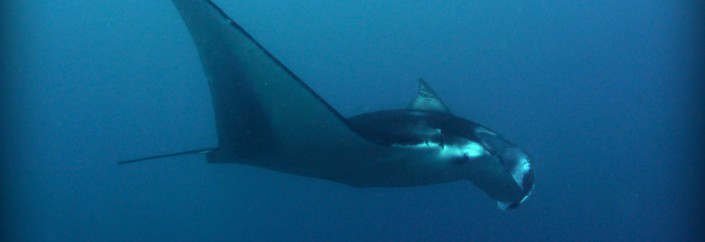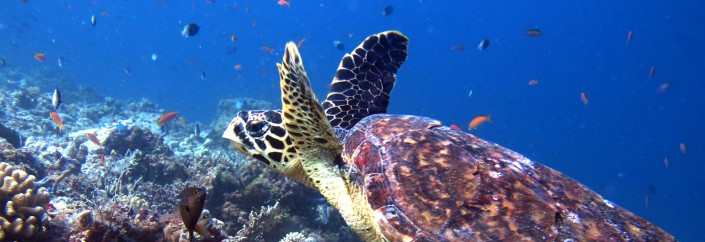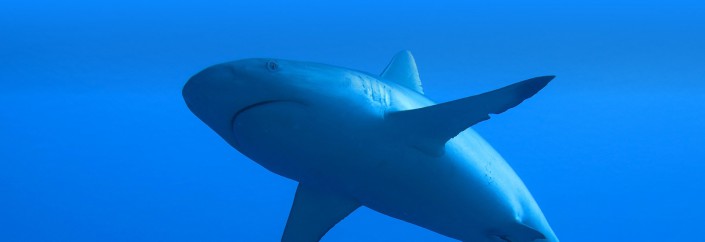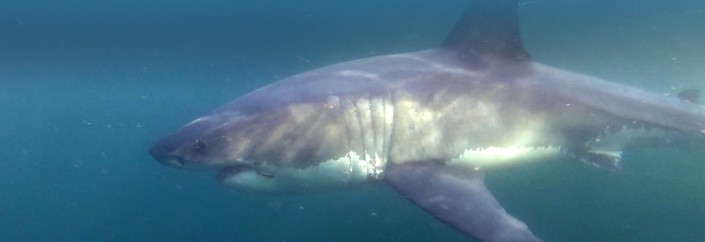
Shark diving in South Africa South Africa hosts a wide array of species of sharks and propose some of the best shark diving experiences in the whole world. Different periods of the year consent to see different types of sharks. Let’s get to know them better: Blacktip sharks Overview: They are called “the Jack Russells of the Sea”, it’s definitely the most common and diffuse shark during the baited dives, they can reach up to 2.5 meters, are not shy at all and come very close to the divers. Best location: Umkomaas – Aliwal Shoal and Shelly Beach – Protea Banks Best period: All year round Dusky Sharks Overview: Are the more easily spotted sharks during the Sardine Run, along the Wild Coast, similar in size to the blacktip, they are shyer and rarely come close enough for a good camera shot. Best location: Kuala Zulu Natal Wild Coast, Port St. Johns Best period: June and July Sand Tiger Sharks (Raggies or Ragged Tooth Shark) Overview: Very quiet and sluggish during the daylight, you can spot these sharks on the reef during normal dives and, if you have good quick eye grasp, you might be lucky to find their teeth…

